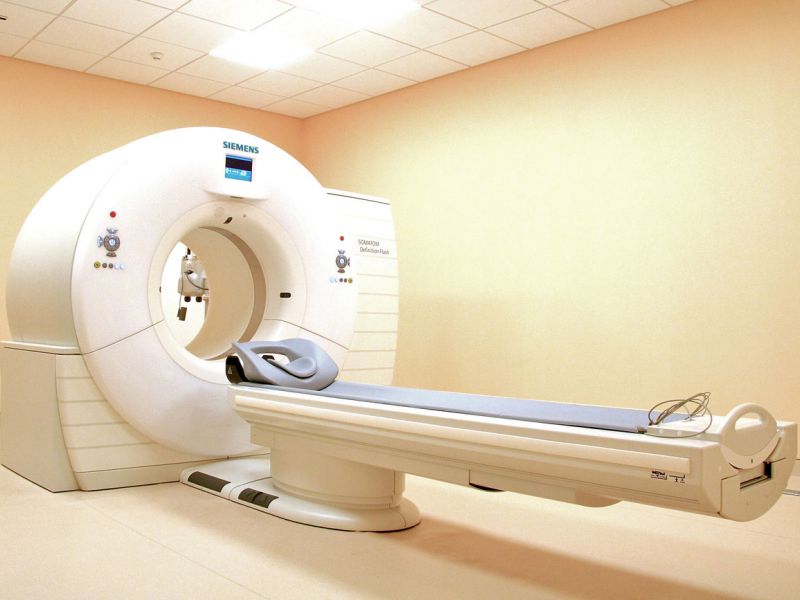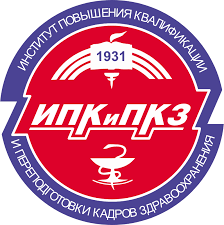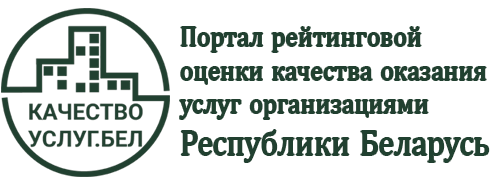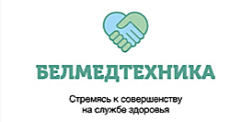Computed tomography
Computed tomography (CT) is a modality for body diagnostics based on indestructive layer-by-layer examination of tissues and internal organs by means of X-ray radiation. Computed tomographic scanners enable to obtain images of high spatial and contrast resolution, the examination time being a few seconds.
In the course of CT the patient is exposed to radiation but the radiation dose is quite small and controlled by the equipment. For this reason, the examination cannot do any harm to the patient’s body.

Computed tomography and magnetic resonance imaging ¬ what’s the difference?
The principal difference between CT and MRI modalities is the type of radiation employed in the tomographic systems. Computed tomography exposes the patient’s body to X-ray radiation, while magnetic resonance imaging exposes it to radiofrequency radiation and magnetic fields (pulsed and static).
CT findings provide information about tissue “transparency” for X-rays, whereas MRI informs about hydrogenion (proton) concentration in tissues and their chemical bonds.
Other differences:
- ¬ In MRI study, the doctor makes a visual assessment of the image, while in CT he/she can examine the X-ray density of the tissues.
- MRI is the most suitable technique for examining soft tissues: it is preferable for diagnostics of brain, spinal marrow, cartilage tissues, whereas CT is better for thoracic, osteal, internal diseases (with contrast enhancement).
- MRI is forbidden for patients with severe impairment of vital functions, those with claustrophobia, mental disorders; CT has no such contraindications.
Reasons for conducting computed tomography
Your doctor may prescribe CT of different body areas.
Examples:
- Chest CT ¬ for detecting diseases of aorta, esophagus, heart and lungs.
- Abdominal CT ¬ for detecting abscesses, cysts, hepatic, spleen, renal, adrenal, intestine tumors, infectious diseases, bowel inflammations, abdominal aorta aneurysms, hemorrhage, for examining a cavity to detect a foreign body in it.
- CT of extremities, organs and tissues also allows to monitor the performance of other medical procedures. For instance, Minsk doctors employ CT for checking the needle positron during abscess drainage or for its exact introduction in tissue biopsy.
Computed tomography is very important for cancer patient examination: it facilitates accurate determination of tumor growth stage and assessment of metastatic spread.












